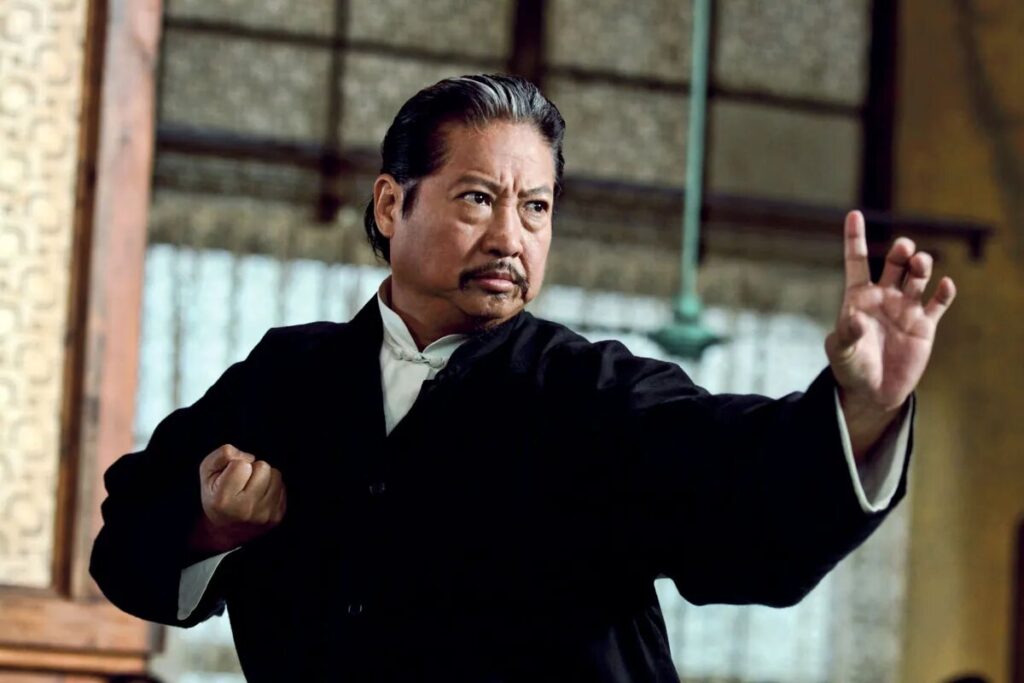Sammo Hung: Revolutionizing Old-School Martial Arts Cinema
Sammo Hung, a name synonymous with old-school martial arts cinema, is a legend whose influence in the genre is both profound and enduring. His journey from a background performer to a central figure in martial arts films is a tale of talent, perseverance, and innovation. This detailed exploration sheds light on his life, career, and the indelible mark he left on martial arts cinema.
Early Life and Peking Opera Training
Born in 1952 in Hong Kong, Sammo Hung’s initiation into the world of performing arts began at a tender age. He joined the China Drama Academy, a Peking Opera School, where he underwent rigorous training. This training was not just in martial arts but also in acrobatics, acting, and dance. It was here that Hung’s foundational skills were honed, skills that would later define his cinematic style.
Breaking into the Film Industry
Hung’s film career started in the 1960s, but his breakthrough came in the 1970s. He worked as a stuntman in various films, showcasing his martial arts prowess and acrobatic skills. These early experiences were crucial, as they provided him with an in-depth understanding of action choreography and film production.
The 1970s: Establishing a New Style
The 1970s marked a significant shift in Hung’s career. He moved from behind the scenes to the forefront, starring in and directing several films. His directorial debut, “Iron Fisted Monk” in 1977, was a critical success. However, it was “Enter the Fat Dragon” in 1978 that truly showcased his unique blend of martial arts and comedy. This film was a comedic tribute to Bruce Lee and highlighted Hung’s ability to infuse humor into action scenes, a novel concept at the time.
1980s: The Golden Era

The 1980s were a golden era for Hung. He produced, directed, and starred in numerous successful films. “The Prodigal Son” in 1981 and “Eastern Condors” in 1987 were particularly notable. These films not only displayed high-octane action sequences but also deep narrative structures and character development, setting them apart from typical martial arts films. “The Prodigal Son,” with its authentic portrayal of Wing Chun, is often regarded as one of the finest martial arts films ever made.
Choreography and Influence
Hung’s impact on martial arts choreography is monumental. His fight scenes were intricate, blending realism with dramatic flair. He had an uncanny ability to choreograph sequences that were both technically impressive and visually captivating. His influence extended beyond his films, inspiring a generation of martial artists and filmmakers.
Global Impact and Hollywood Forays
Hung’s work had a significant impact on bringing Hong Kong cinema to the global stage. His collaborations with international actors and forays into Hollywood, particularly with the TV series “Martial Law,” played a pivotal role in this expansion. He demonstrated that martial arts films had a universal appeal, bridging the gap between Eastern and Western cinematic tastes.
Legacy and Timeless Appeal
Today, Sammo Hung’s films are more than just nostalgic pieces; they are timeless classics that continue to inspire. His ability to combine action, comedy, and drama created a unique cinematic experience that resonates with audiences across the world. His legacy in martial arts cinema is that of a trailblazer who redefined the genre.
A Martial Arts Icon
In conclusion, Sammo Hung’s contribution to martial arts cinema is immeasurable. He was not just a talented actor and martial artist; he was a visionary who reshaped the landscape of action films. His blend of comedic elements with breathtaking martial arts sequences created a new paradigm in cinema. As we revisit the annals of martial arts films, Sammo Hung’s name stands tall as a pioneer, an innovator, and a legend. His work continues to be celebrated and will undoubtedly inspire future generations of filmmakers and martial artists. For More Martial arts Artists.

